Several factors influence grease selection, including its consistency and thickener type, along with your operating conditions. Here’s what you need to know to determine what kind of grease you need.
What is grease?
Grease is made up of three basic components:
- Base oil
- Thickeners
- Additives
The National Lubricating Grease Institute (NLGI) uses a grease penetration classification. NLGI #2 is the most widespread classification and is used in many automotive and heavy-duty applications, such as ball joints and other suspension components. Chances are you’ve used an NLGI #2 grease before.
Numbers range from NLGI #000, which has the consistency of cooking oil, to NLGI #6, which is as thick as cheddar cheese.
| NLGI# | Penetration | Consistency | Food Analogy |
| 000 | 445 – 475 | Fluid | Cooking Oil |
| 00 | 400 – 430 | Semi-Fluid | Applesauce |
| 0 | 355 – 385 | Very Soft | Brown Mustard |
| 1 | 310 – 340 | Soft | Tomato Paste |
| 2 | 265 – 295 | “Normal” Grease | Peanut Butter |
| 3 | 220 – 250 | Firm | Vegetable Shortening |
| 4 | 175 – 205 | Very Firm | Frozen Yogurt |
| 5 | 130 – 160 | Hard | Smooth Paté |
| 6 | 85 – 115 | Very Hard | Cheddar Cheese |
Performance specifications
Consider the appropriate specifications when determining what kind of grease you need. The grease industry provides performance specifications for chassis greases (LA and LB) and wheel bearing greases (GA, GB and GC).
GC-LB signifies the grease meets the most demanding test standards for chassis components and wheel bearings. Greases that meet the GC-LB specification typically also meet most automotive original equipment manufacturer requirements.

Which grease to use?
Factors that affect grease selection include…
- Thickener type
- Consistency
- Dropping point
- Temperature range
- Worked stability
- Oxidation stability
- Wear resistance
The most important property of any lubricant is its viscosity, which is typically selected based on the application requirements.
A common mistake when selecting grease is to confuse the grease consistency with the base oil viscosity. You must consider the application, environment, speeds, loads and OEM recommendations.
Here are some popular grease applications and the kind of grease to use:

Rotating bearings
This category includes, but is not limited to:
- Roller bearings
- Plain bearings
- Thrust bearings
- Gears
- Electric motors
- Presses
- Winches
- Bushings
- Wheel bearings
- Chassis lubrication
- Universal joints
- Ball joints
- Tie-rod ends
- Steering knuckles
You’ll commonly find these components in heavy- and light-duty applications found in manufacturing facilities; automobiles; trailers; and landscaping, agricultural and powersports equipment.
General, multi-purpose greases work great, including AMSOIL Synthetic Multi-Purpose Grease, Synthetic Water-Resistant Grease and DOMINATOR® Synthetic Racing Grease.
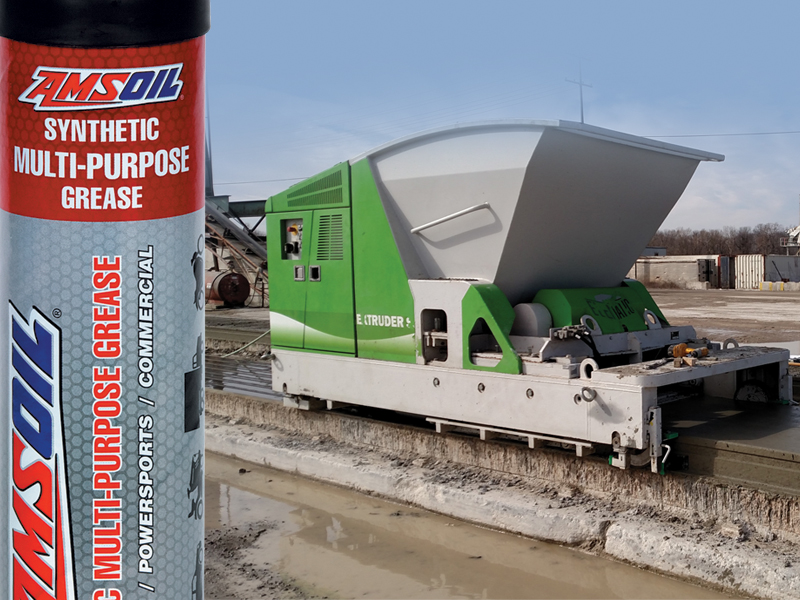
Bearings under heavy-impact loads
These components include, but are not limited to, heavily loaded:
- Chassis grease points
- Wheel bearings
- Axle assemblies
- Universal joints
- Pivot pins
- Steering linkages
- Spring pins
- King pins
- Ball joints
- Water-pump bearings
- Other greased heavy-duty components
These applications require specialty greases formulated for heavy-duty equipment subjected to severe-service conditions. The grease is designed to provide additional protection beyond what a multi-purpose grease provides.
AMSOIL Synthetic Polymeric Truck, Chassis and Equipment Grease and High-Viscosity Lithium-Complex Synthetic Grease are great for these applications.

Non-rotating bearings and sliding applications
These applications include, but are not limited to, heavily loaded:
- Pivot pins
- King pins
- Bucket pins
- Fifth-wheel hitch plates
- Bushings
Greases formulated for these applications are designed to provide additional protection, impact resistance and tackiness beyond what a multi-purpose grease can provide. They are specialty greases that typically identify the type of application and the extreme conditions common to these applications.
AMSOIL Synthetic Polymeric Off-Road Grease and Synthetic Polymeric Truck, Chassis and Equipment Grease are excellent choices.
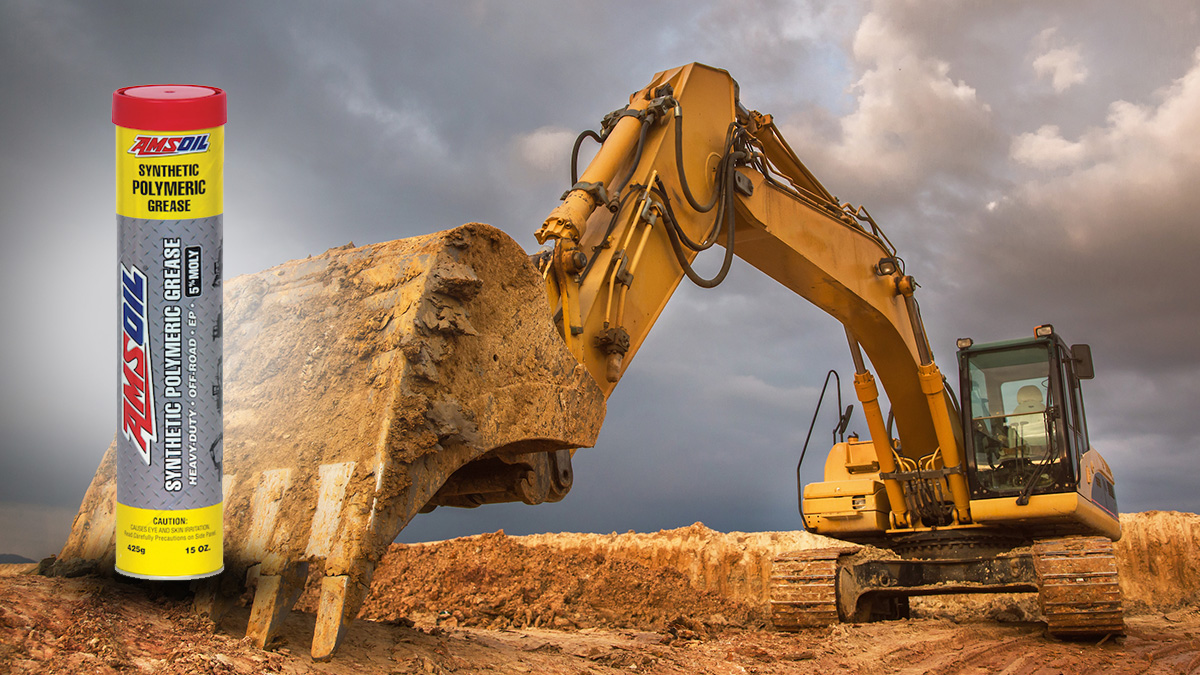
Specialty applications
These include equipment used in the food service or pharmaceutical industries. They often require NSF-Approved grease, such as AMSOIL X-Treme Synthetic Food Grade Grease, which is designed for a wide operating temperature range.
Some applications require a grease with exceptional cold-weather pumpability, like arctic drilling rigs. Most grease isn’t designed for sub-zero temperatures and will have difficulty pumping and protecting in below freezing temperatures. AMSOIL DOMINATOR® Synthetic Racing Grease has excellent cold temperature properties, including extreme-low-temperature torque performance as low as -40°F.

Hopefully, this helps you determine what kind of grease is right for your application. If you need further assistance selecting the right AMSOIL products for specific applications, AMSOIL Technical Services is always happy to help at [email protected] or 715-399-TECH.
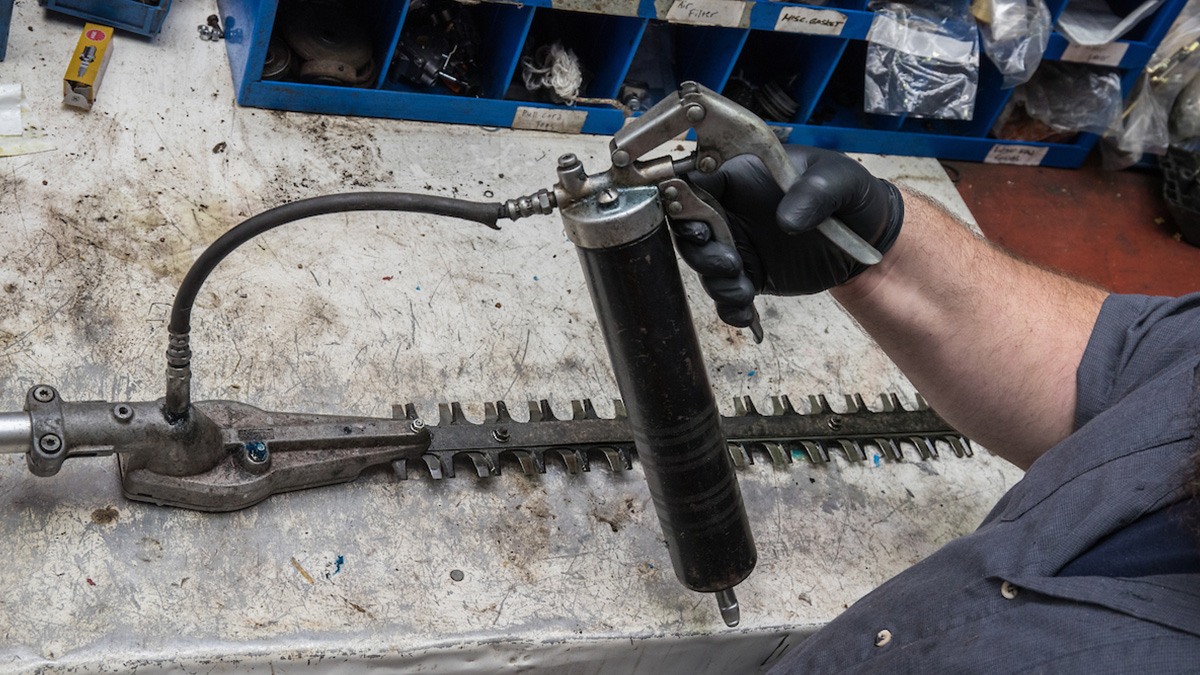

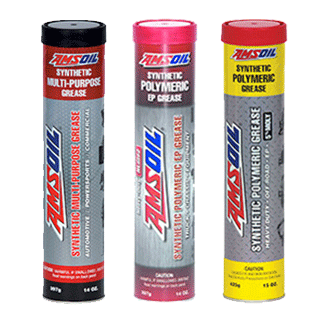

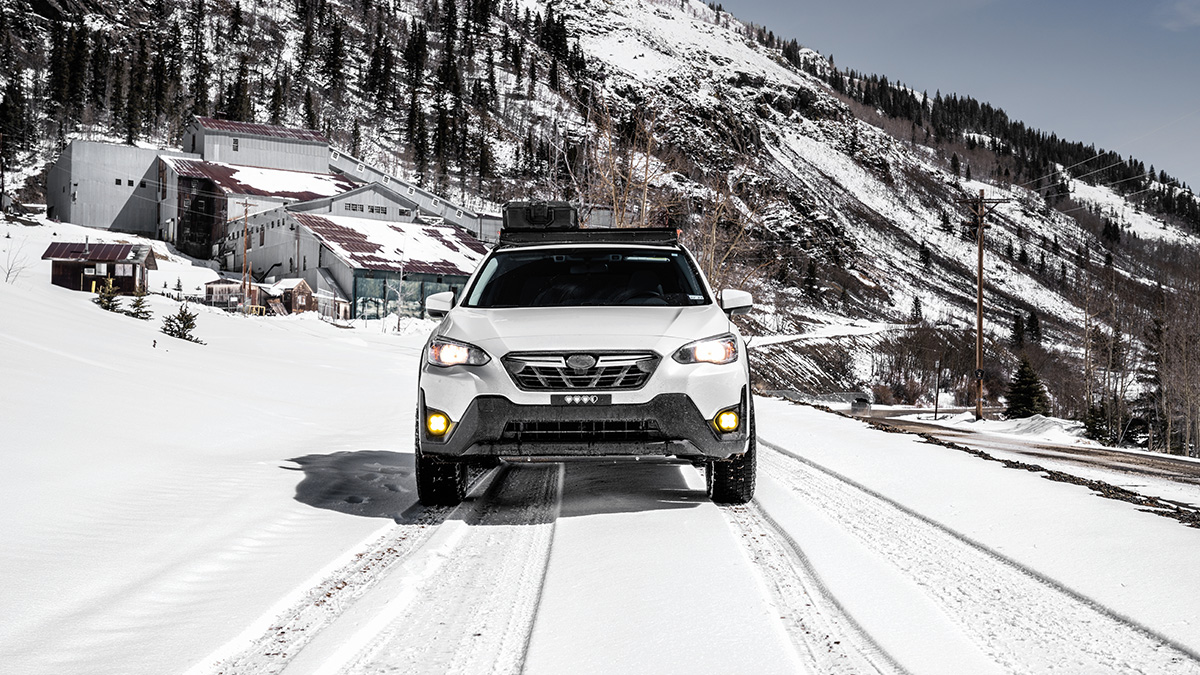



Comments
AMSOIL Technical Writer and 20-year veteran of the motorcycle industry. Enjoys tearing things apart to figure out how they work. If it can’t be repaired, it’s not worth owning.
Share: